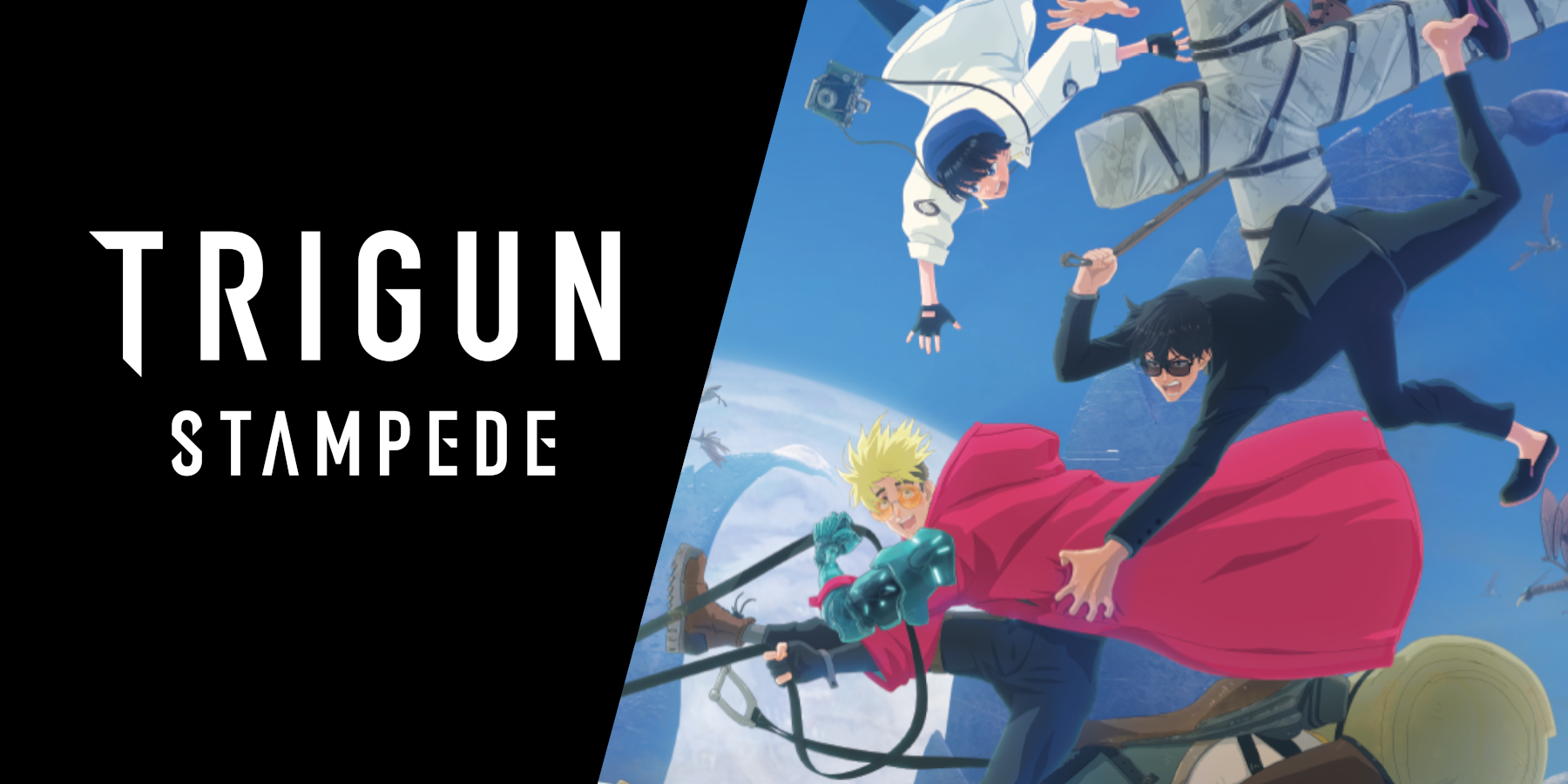CGI in anime is a hard sell because unlike western animation, which has been pushing 3D animation forward since the 90s, east Asian animation has thrived through traditional hand-drawn styles. However, ever since 2017, Studio Orange has been the name many consider to be the pioneer of a new wave in CG anime.
Founded in 2004 by Eiji Inomoto, Orange began as a company that created 3D assets for other anime and later in the 2010s co-producing bigger shows like Norn9 and Black Bullet. Still, the studio hadn't forged an identity for itself yet, largely because 3D animation was considered something best as an accouterment rather than the primary style.
The Hard Sell
The year is 2014 and Netflix is releasing its first-ever original TV anime, Knights of Sidonia, produced by 3D Animation studio Polygon Pictures. The reception among critics was fairly positive, even garnering attention from notable icons like Hideo Kojima. However, within the community, there was a lot of hesitance to give the show the time of day because of its visual style. For a lot of anime fans, CGI just doesn't quite look right, either because of technical limitations or because the animation is trying very hard to imitate something hand-drawn. But what makes hand-drawn animation appealing - in the myriad ways it has been realized - isn't the same as what makes 3D animation appealing. Or, at least that's how it has been felt for a long time.
Traditionally speaking, 2D animation runs at a lower frame rate than film and can use fewer frames to create more believable or life-like movements. Whereas in 3D, audiences tend to think of more floaty animation running at a higher frame rate that makes everything smoother. Again, this is only a surface-level observation of the most common assumptions of the medium. Granted, much of western 3D animation is inspired by western 2D cartoons like Mickey Mouse, which themselves don't animate with the most realistic character movements. Nevertheless, these animations are so foundational because of the command of speed and impact present in the work. Animators use fewer or greater frames to emphasize key moments within a movement to capture life within a character.
In the late 2000s and early 2010s, many of the big 3D anime that were released came under scrutiny for reasons bother understandable and not. An understandable gripe was with the frame rate, which was more or less the same as if the show were in 2D, which doesn't work. 3D animation needs to move in the ways best suited to the medium. This is something that studios Polygon Pictures improved upon as the years went on, increasing the frame rate and generally yielding a more positive reception. It also helped that the continued push for more 3D anime helped win over a lot of anime fans who were wary. Speaking personally, I was incredibly reluctant to give it a chance for the longest time.
The truth is, anime fans have been seeing CGI in their favorite shows for ages, just not always for the characters themselves. It's used for digital effects work like in anime by Ufotable, or machines such as vehicles or robots, like in Ghost in the Shell. In fact, Inomoto, Orange's founder, was a 3D animator on Ghost in the Shell: Stand Alone Complex. People love 3D anime without even thinking about it until the characters on screen are 3D themselves and creating characters that feel like they live and breathe has been the true battle. And after the hard work that studios like Sanzigen and Polygon put into their work, and all the scrutiny they faced, it was one show in 2017 that seemed to win that battle.
Enter, Studio Orange
Studio Orange's first anime that was not a co-production with another studio ended up being a triumph that instantly got heads turning. Land of the Lustrous, based on the manga by Haruko Ichikawa, told the story of humanoid characters made of gemstones, and their lustrous battles against a foreign entity. It was praised across the board for its storytelling and characters, depicting this inhuman but breathtaking world full of androgynous characters embodying beautiful gemstones. However, most were shocked that such a phenomenal series had come in a form that typically would have normally been such a turnoff.
Orange, which had been sleeping beneath the surface, creating 3D for countless anime, emerged onto the scene with a keen grasp of how best to use CGI. The characters' movements and expressions were full of life, matching the exceptional performances, and no longer did the 3D feel like a mere imitation of 2D styles. Amidst all of that, it still retained a feeling of being "anime," which isn't so much defined by the style or the technology used and more by the tropes of Japanese storytelling. This series was a revelation and the beginning of something new that seemed to invigorate audiences and creators to the possibilities in 3D.
And two years later, they did it again with Beastars, the ongoing adaptation of Paru Itagaki's manga of the same name about humanoid animals and the tensions between predators and prey. By this point, Orange was a sensation that had quickly made a name for itself with two hit series under their belt, to say nothing of their collaborative efforts in the meantime.
Ready, Steady, Roll!!
None of this was to say that anime fans have completely warmed up to 3D. Ghost in the Shell: SAC_2045 brought back one of the best continuities in the franchise for a new story and fans couldn't quite get over the 3D art style, even with the returning cast and creative team. That combined with a lack of marketing on behalf of Netflix meant the series saw lukewarm reception.
Dorohedoro was animated in 3D by MAPPA and everyone's singular friend who read the manga was very upset about that (of course we jest, it's a very good manga). Then, the same director of Dorohedoro helmed the ongoing final season(s) of Attack on Titan. People still think of CGI as a budgetary restriction rather than a creative choice, and far too often it can get lumped together with all the other more serious flaws facing anime production. So how was a 3D reboot of Trigun, the classic anime based on the manga by Yasuhiro Nightow, going to be received by the anime community? At first, there was a sizable number of skeptics mixed in with the folks who recognized Orange's name and were enticed. Vash's redesign, the seeming change in tone, and the lack of Milly Thompson in the supporting cast had some worried.
But if anyone was cautious before the show came out, a majority of those fears evaporated as soon as the first episode aired on January 7, or at the very least they should have. The fight animation was flashy, and the effects were glorious, but what truly made Trigun Stampede stand above the rest was its character animation and facial expressions.
Rarely has 3D anime looked so expressive, and Meryl's scenes alone demonstrate ludicrous multidimensionality that you can simply get lost looking at, to say nothing of Vash himself. With regard to their own projects, Orange has been knocking it out of the park for years and with any luck, they'll be doing it again in a few years.
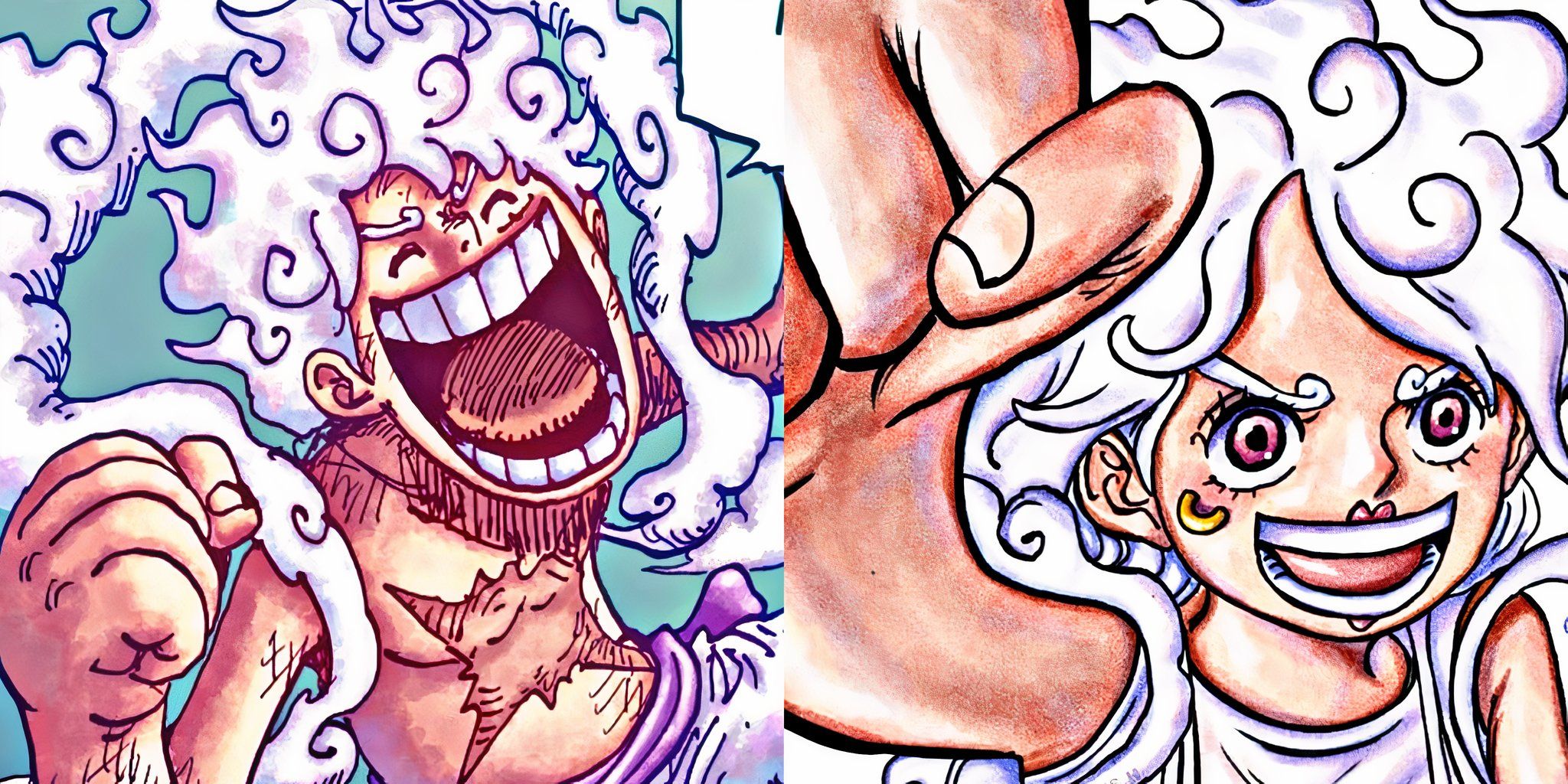
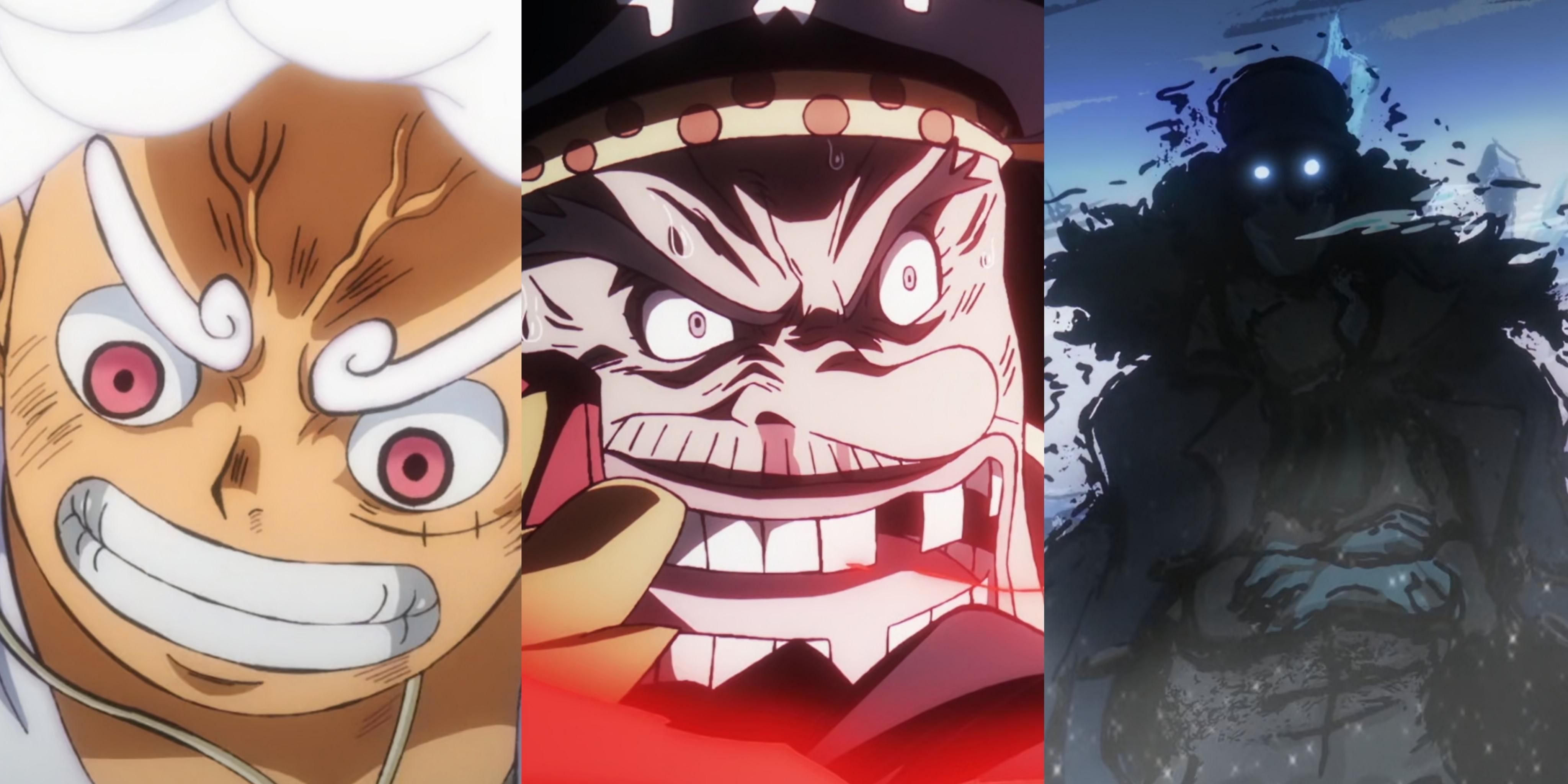
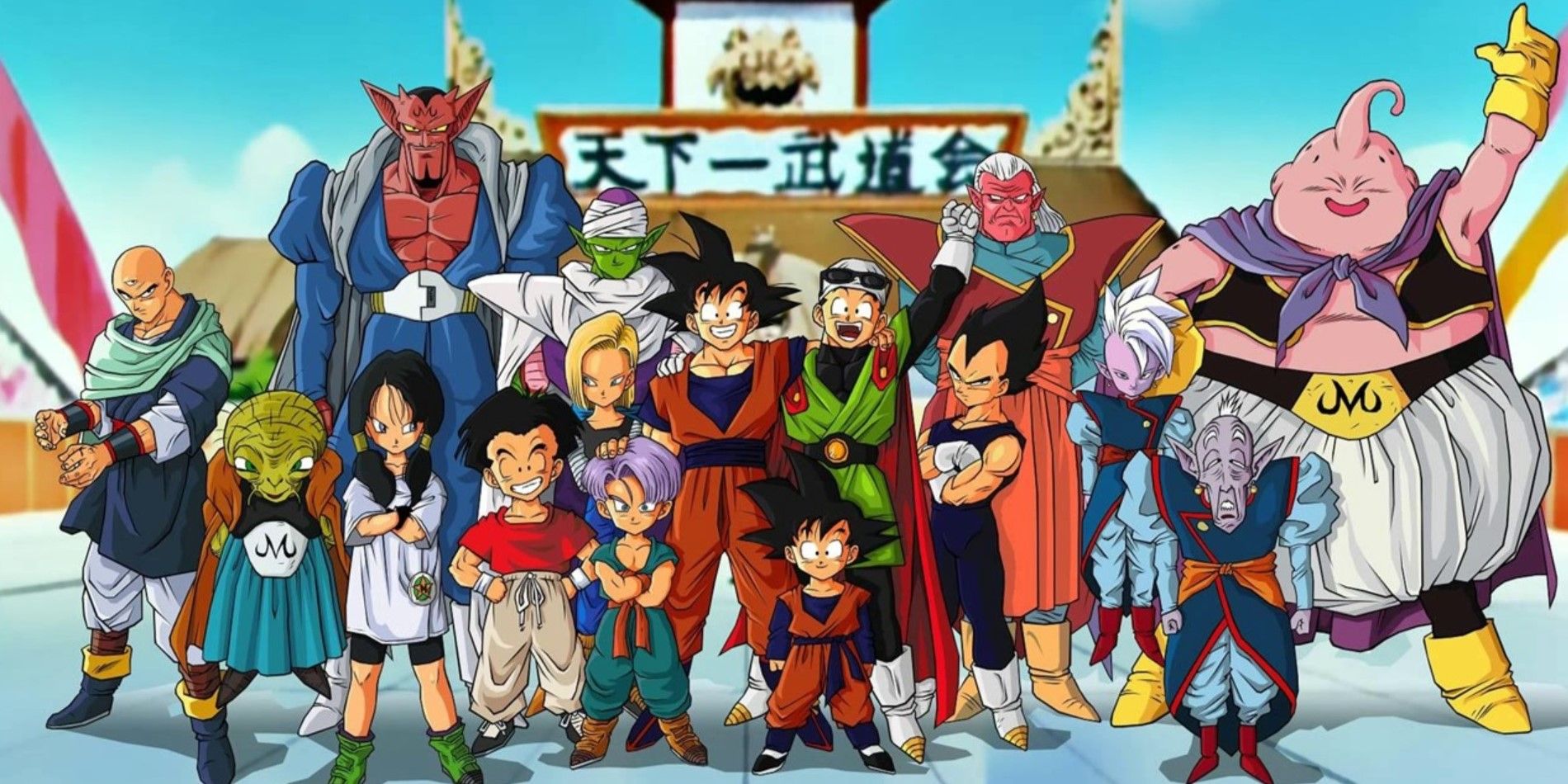
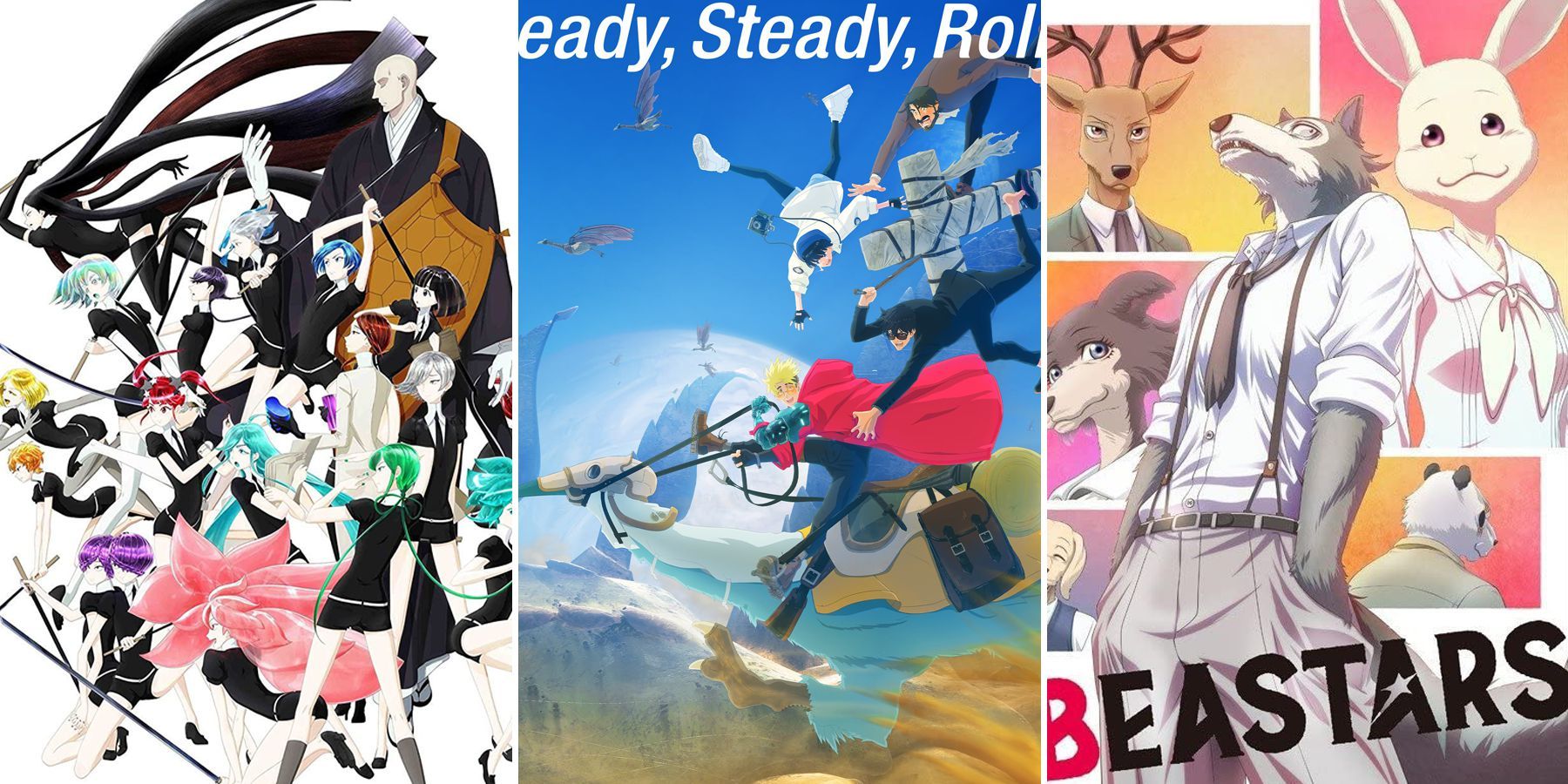
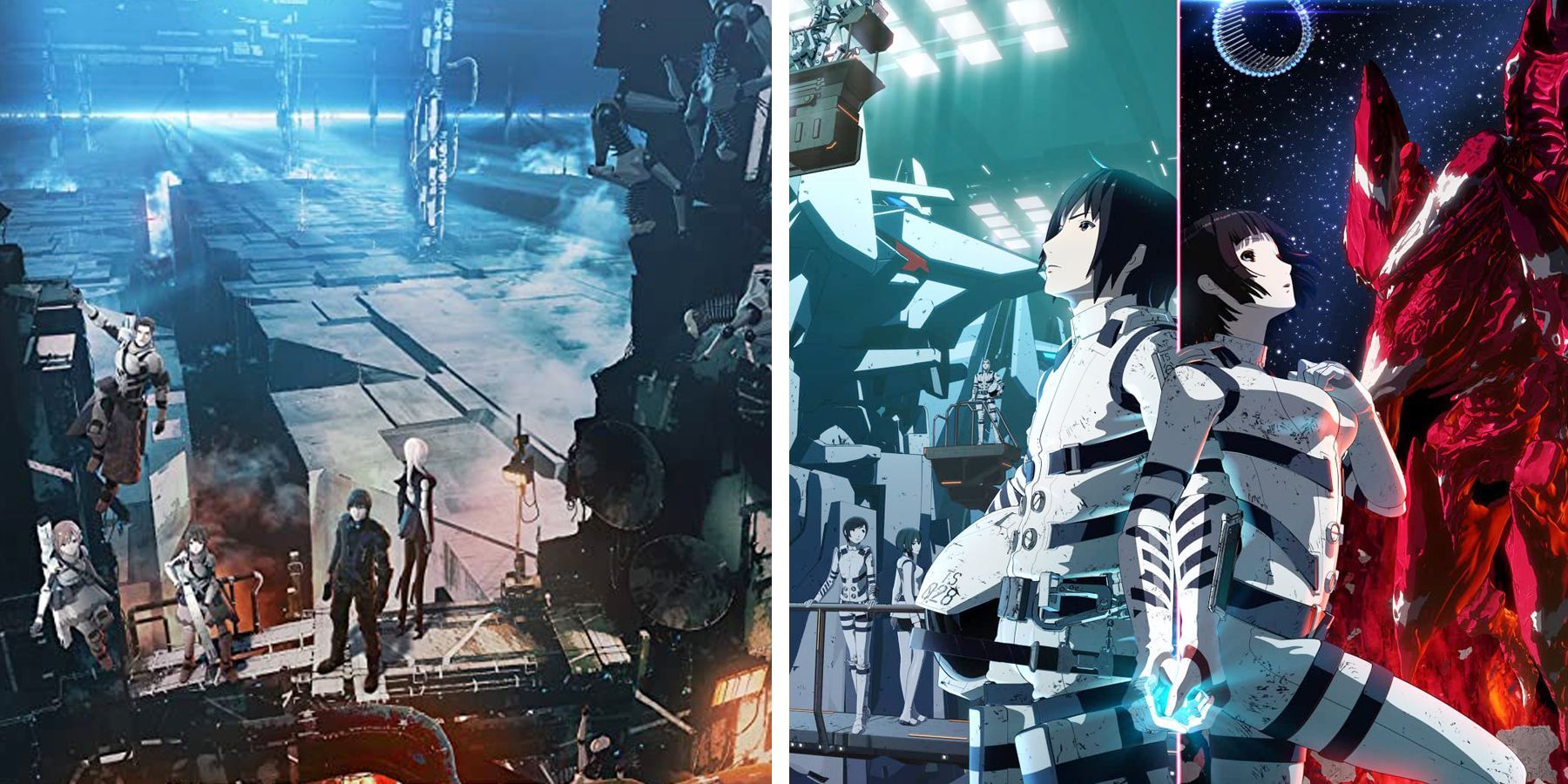
.jpg)
